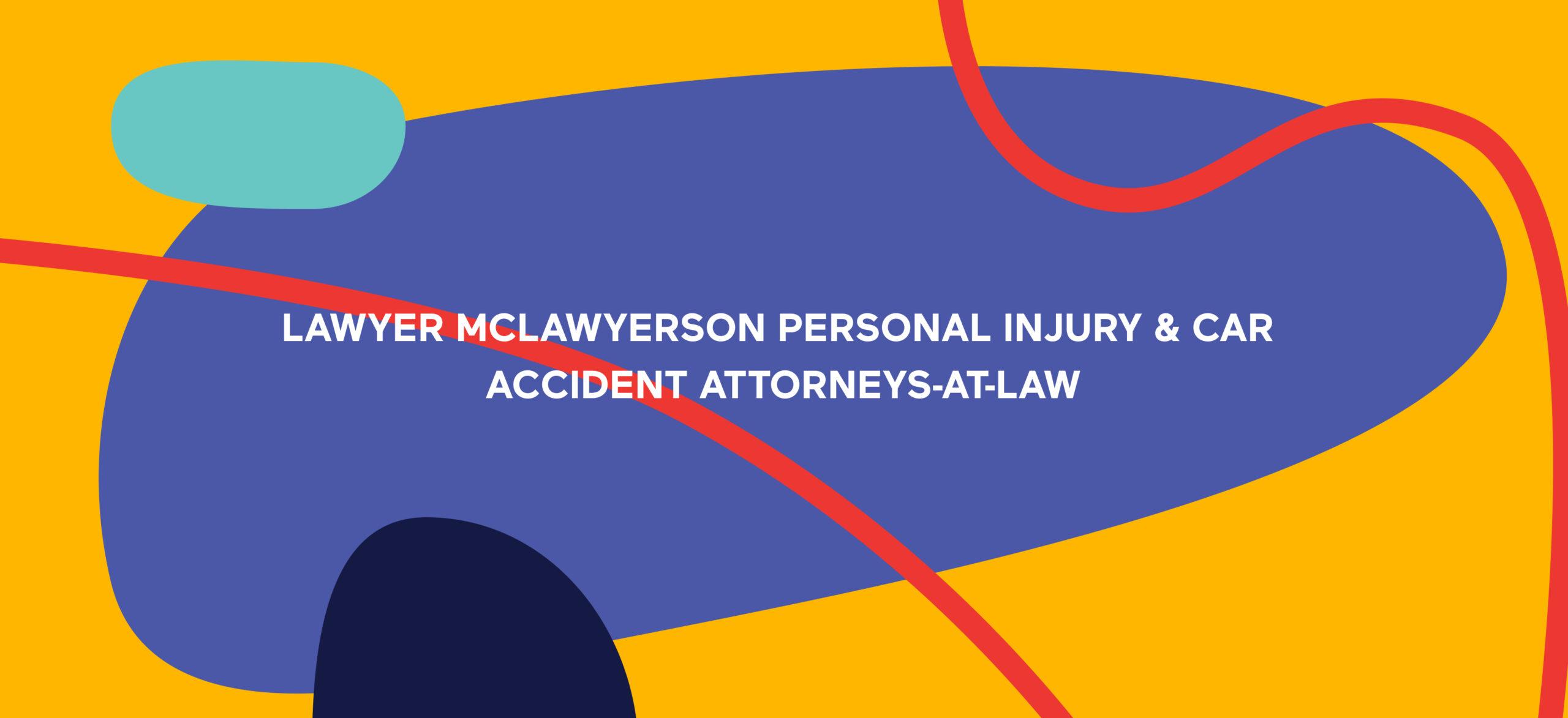There are millions of fake business profiles on Google Maps.* Simply put, false competition is spam. The good news is you can get fake listings pulled down, and doing so almost always helps your firm, but you have to know the right way to go about it – else, your well-intentioned efforts could backfire against your own business.
(*Not an official count…probably.)

Why Fake Listings Do So Much Damage to Local Law Firms
When people search for a lawyer online, the first thing they see is the paid ads section at the top of Google. This is known as Google’s “3-pack”, i.e. the three business listings that have won the Olympic gold, silver, and bronze medals of Google. These businesses are different from those that were able to naturally ascend to the top 3 organic searches.

With this 3-pack block, Google is essentially saying, “No need to search further – here are the three most relevant results you are ever going to need.” Everyone else is then listed below the map, on another Google page after page 1 (gasp!), or in that “more businesses” button at the bottom.
In other words, a death sentence.
The Power of the Google 3-Pack
Being in Google’s top 3 has a lot of benefits. According to RedLocal SEO:
- The local 3-pack conversion rate is 500% higher than other organic or paid conversions.
- Local 3-pack businesses get 126% more traffic than the rest of the top 10.
- Local 3-pack businesses “receive 93% more actions (calls, website clicks, and driving directions)” than other businesses.
- 68% of all web users trust the local 3-pack.
- Almost half of all web users (48%) won’t go past the first page of Google results to find the service or company they need.
The space to be in that top three is limited, and everyone wants to be in that three (or as close to it as they can possibly crawl). As you should, because it’s your best chance at getting clients. Fake law offices that somehow manage to steal their way into these spots push everyone down the page.
How to Spot a Fake Business on Google Maps
Scammers and spammers get cleverer every day. Some fake listings look real, and some real listings behave in ways that make them look fake. Both of these are equally bad.
However, there’s a fine line here because you want to be careful when it comes to reporting a “fake” office. This can backfire, and you can get dinged by Google if you make too many reports that are ultimately unfounded. Here are the red flags to look for when it comes to fake businesses:
- There’s no physical address listed.
- The business doesn’t have a website.
- They use lots of keywords in the listing, and potentially even in the firm’s name (more on this later).
- There are multiple offices or businesses listed at the same address.
- There are no reviews for the business, or all the reviews are similar.
- There are no photos, or the photos that are posted don’t correspond to the address.
- The listing is unclaimed.
There is always a chance that a legitimate law firm has a few of these flags and makes it to the top, but these tend to be reliable indicators that the business you’re looking at is fake.

Keyword-Stuffed Listings
We joked earlier about Lawyer McLawyerson, but you’ve probably noticed a rise in law firms using names like “John Doe Brain & Spine Injury Lawyers.” There are some real SEO benefits to having a name that tells folks exactly what you do, but it has to be the real firm name or be listed as a trade name on a DBA. Keyword stuffing (a/k/a “keyword spam”) violates Google’s terms of service – even when real law firms do it.
If you suspect a firm has keyword-stuffed its listing, try calling the office. If the firm answers with the full name, it’s probably legit. If the firm answers with a different name, though, you may have ground for seeking its removal from Maps.
Multiple Listings Don’t Automatically Mean the Business Is Fake
There’s nothing wrong with having multiple listings. In fact, Google prefers if you serve a larger region, like your entire state. What Google doesn’t want is a Regus/Opus/Da Vinci virtual office, because they see those as ways of taking advantage of GBPs.
Multiple listings for a firm aren’t enough by themselves to get that firm tossed off Google, especially if they don’t come with any of the other red flags. If you see multiple copies of the same listing that highlight different services, however, then this is likely spam. An example might be a firm that creates new listings for each service it offers, or that has hyper-local listings that all fall within the radius of the main office – like a listing for a Brooklyn office, but also one for Windsor Terrace…and one for Kensington…and one for Little Haiti…
You get the idea.

Suggest an Edit? Could Be a Scam
One of the features Google offers its users is the ability to suggest an edit to a business’s listing. This is helpful when you want to report spam, but it also unfortunately creates a loophole for scammers.
Scammers can falsely report a listing as fake in the hopes that Google will suspend it. They can also move the “pin” for not only your address but all the addresses of your competitors to one building to steal your traffic and re-direct it to them. Google should be able to filter all those businesses out, but they need to know about them to take action.
How to Report a Fake Business to Google
If you find a fake listing, you can report it by suggesting an edit to the listing. (We know, we just told you how Google could see this as a scam, which is why you shouldn’t abuse that power and why you should be pretty confident in your suggestion before you make it.) You can also fill out Google’s Business Redressal Complaint Form (we recommend attaching screenshots as well as the URL) and report third-party entities who aren’t engaging with Google Maps in good faith.

Fake Business FAQ
What if My Law Firm Is Located in a Co-Working Space with Multiple Businesses Operating Out of the Same Office?
Google loves a good paper trail, so make sure your firm has a unique phone number, website, and—if possible—a separate suite number. Otherwise, you might get lumped in with the kombucha startup down the hall.
How Can I Prove My Law Firm’s Legitimacy to Google?
Think of it like proving you’re not a bot—use official business documents and a real-world address (not a P.O. box), and make sure your name, address, and phone number are consistent everywhere. (Bonus points if you have a few glowing client reviews to add to your profile!)
What Should I Do if a Competitor Creates a Fake Listing Near My Office?
First, channel your inner detective—screenshot the fake listing, gather proof, and report it to Google’s Business Profile support team. If that doesn’t work, you might have to look into hiring a lawyer to help you get it taken down.
Can Fake Google Business Profiles Hurt My Law Firm’s SEO?
Absolutely—they’re like bad Yelp reviews, but sneakier. Fake listings can push your firm down in Google’s search rankings, steal your leads, and make Google’s local results a hot mess.

How MeanPug Digital Protects Your Business from Fake Business Nonsense
You can report fake businesses on your own or you can hire MeanPug Digital and never have to worry about looking for fake listings on your own again. We keep a close eye on our clients’ competitors so we’ll know if something wonky pops up. We also know all the tricks spammers and scammers play, and we factor those into how we monitor your listings to ensure they are always in compliance.
By being proactive, we help you protect your business.
Stop worrying about your GBP, and contact MeanPug today. We’re ready to help you stop the spam and get the most out of your business listing.








